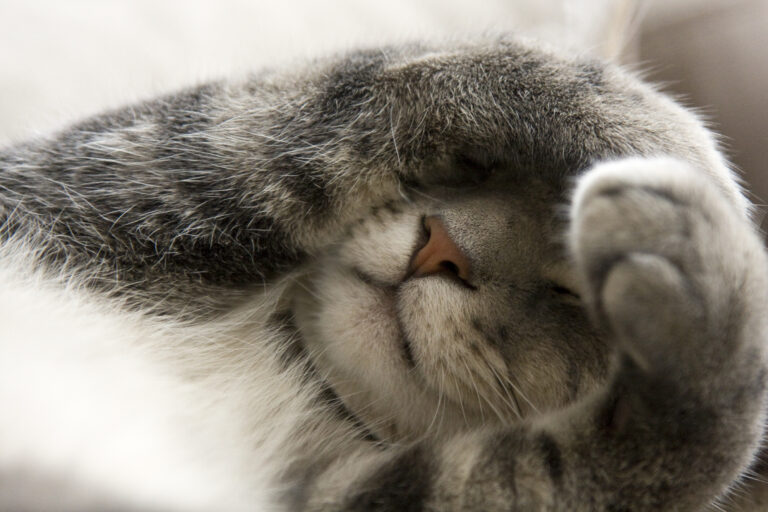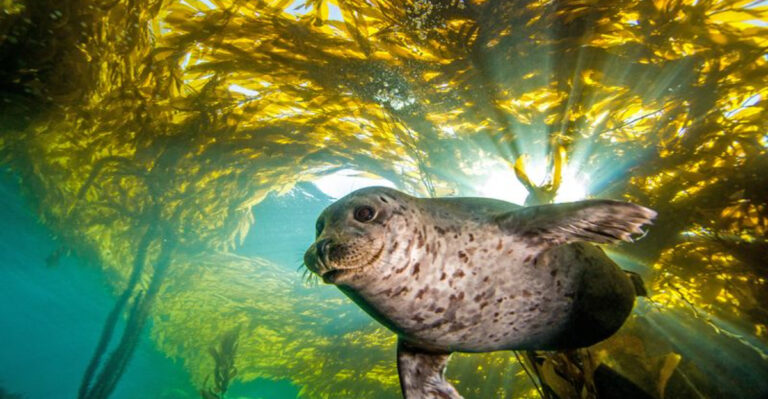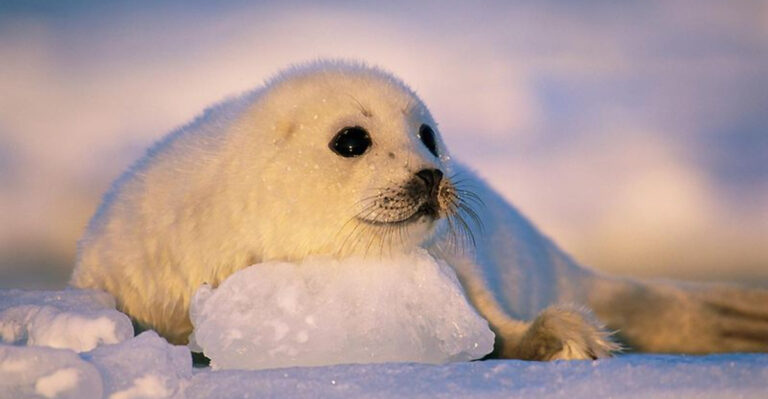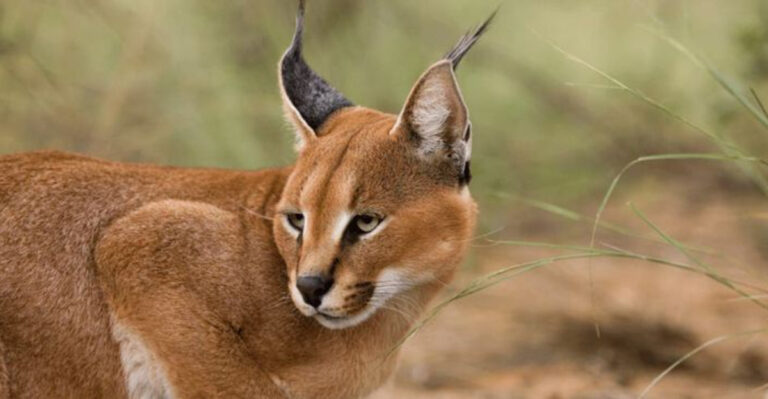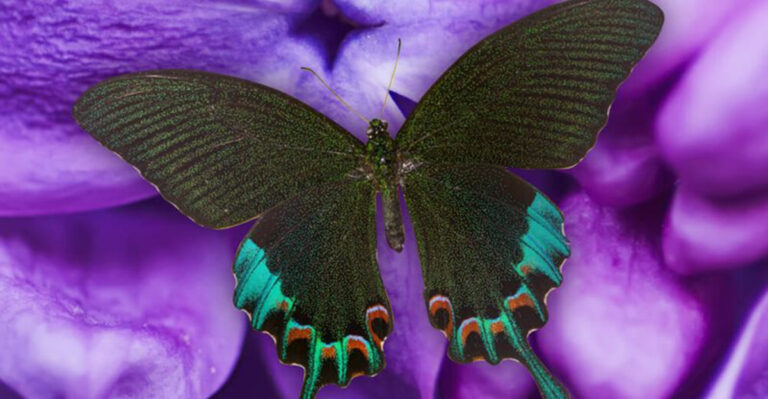17 Independent Dog Breeds That Aren’t Exactly Eager To Please
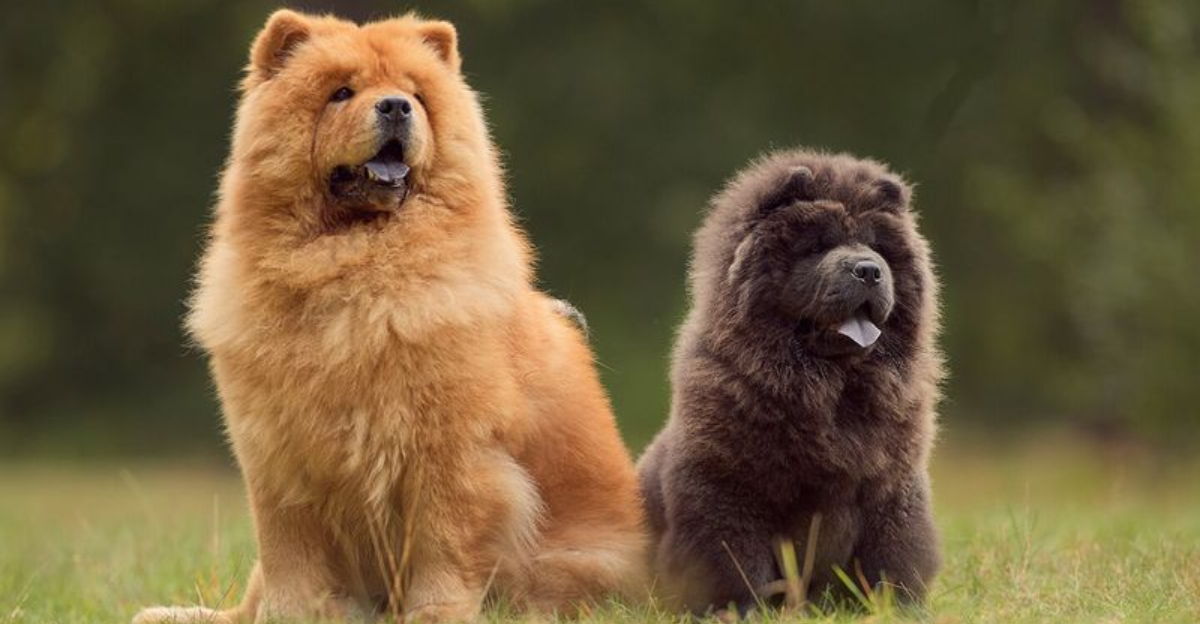
Not all dogs live to make their humans happy. Some canine companions march to the beat of their own drum, making decisions based on what they want rather than your commands.
These independent-minded breeds often leave their owners wondering who’s really in charge. If you’re considering adding a free-thinking furry friend to your family, you might want to know which breeds are more likely to give you the canine equivalent of an eye-roll when asked to sit or stay.
1. Stubborn Shiba Inu
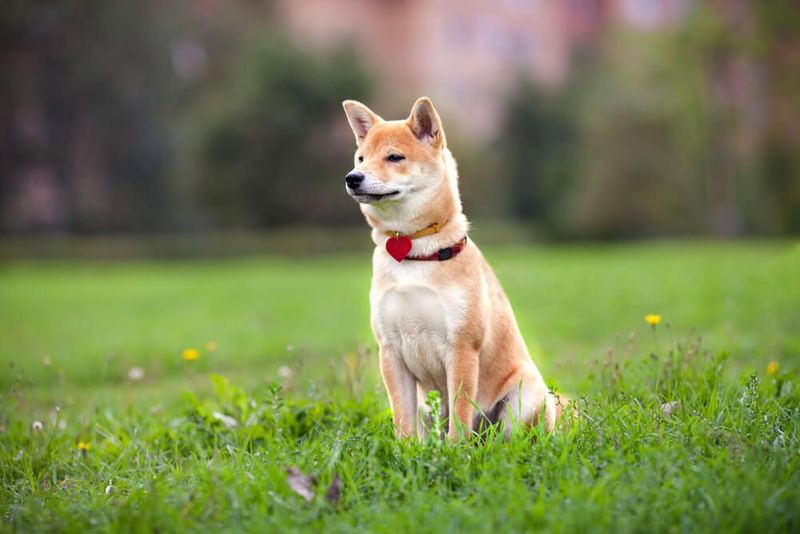
Cat-like in their independence, Shiba Inus decide when—and if—they’ll follow your commands. Their fox-like expressions often seem to say, “I heard you, I just don’t care.”
Originally bred for hunting in mountainous Japanese terrain, these dogs developed self-reliance and problem-solving skills. Their stubborn streak isn’t defiance—it’s centuries of selective breeding for independent thinking and survival instincts.
2. Aloof Afghan Hound
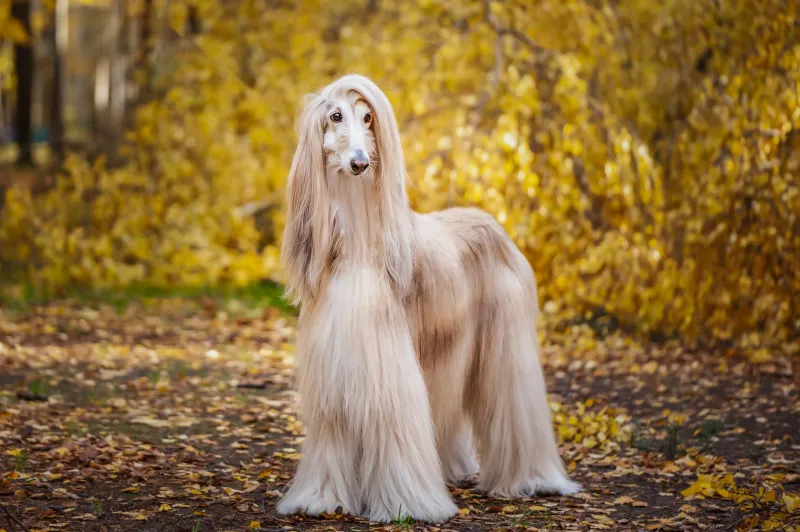
Draped in silky, flowing locks, Afghan Hounds carry themselves with aristocratic dignity. These ancient sighthounds possess an air of detachment that borders on aloofness.
Don’t expect an Afghan to come running when called—they’ll acknowledge your existence when they feel it’s worth their time. Training requires patience and creativity, as traditional repetitive methods bore these intelligent, independent thinkers who’d rather make their own decisions.
3. Headstrong Akita

Powerfully built and intensely loyal to their family, Akitas nonetheless have minds entirely their own. Japanese royalty prized these dogs for their dignity and independence.
Watching an Akita decide whether your command deserves compliance can be like witnessing a judge weighing evidence. They form deep bonds with their chosen people but approach training sessions as negotiations rather than opportunities to please. Their strong-willed nature demands consistent, respectful leadership.
4. Free-Thinking Basenji
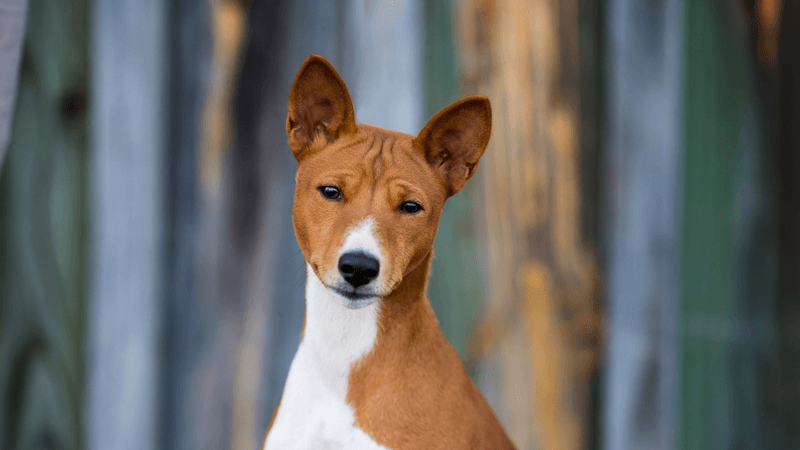
Known as the “barkless dog,” Basenjis communicate their independence through yodels, chortle-like sounds, and expressive facial expressions. These ancient African hunting dogs clean themselves like cats and possess similar levels of autonomy.
Basenjis weren’t bred to work alongside humans but to hunt independently, making decisions miles away from their owners. Their problem-solving abilities are legendary—especially when it comes to escaping enclosures or finding hidden treats.
5. Self-Reliant Chow Chow
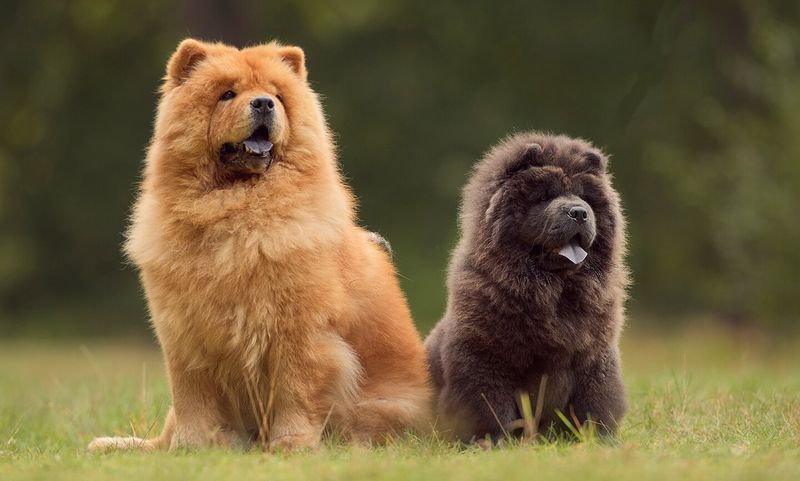
Behind that adorable teddy-bear face lies the mind of an independent thinker. Chow Chows, with their distinctive blue-black tongues and lion-like manes, approach life with dignified reserve.
Ancient Chinese nobility kept these dogs as hunters and palace guardians, roles requiring independent judgment. Chows don’t crave your approval—they consider themselves your equal, perhaps even your superior. Their aloof demeanor extends to strangers, whom they typically regard with suspicious indifference.
6. Autonomous Siberian Husky
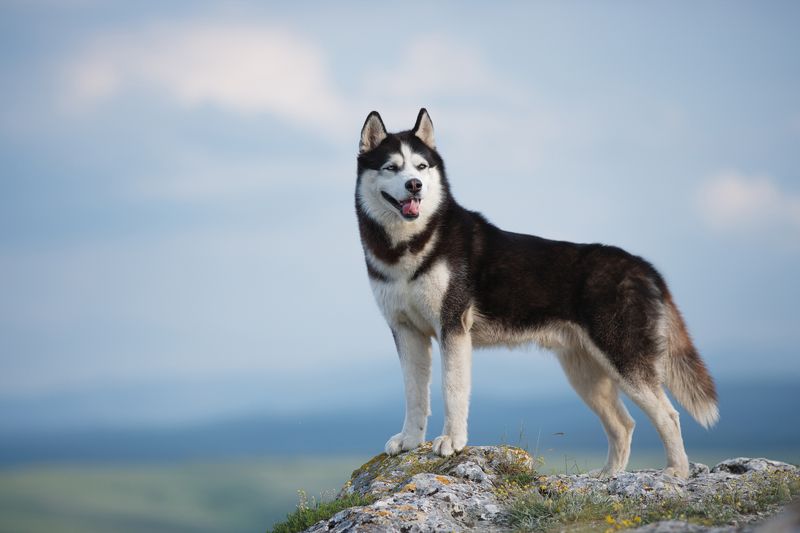
Bred to run vast distances across frozen landscapes, Siberian Huskies possess a fierce independence that frustrates many owners. Their wolfish grins often appear when they’ve ignored your command in favor of their own agenda.
Huskies thrive on problem-solving and can be escape artists without proper containment. Their independent streak stems from their heritage—sled dogs needed to make split-second decisions in treacherous conditions without human input. This self-reliance remains hardwired in their DNA.
7. Independent-Minded Saluki
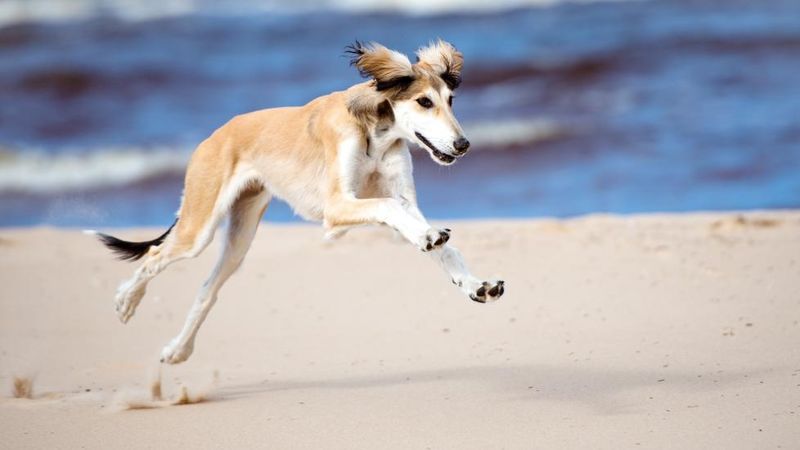
Grace personified, Salukis have been making their own decisions for thousands of years. These ancient sighthounds from the Middle East were bred to chase game across vast deserts, often far from their human handlers.
A Saluki off-leash might acknowledge your recall command with a glance before deciding whether returning is worth their while. Their refined appearance masks an athletic powerhouse with lightning-fast reflexes and independent hunting instincts still intact from their desert-dwelling ancestors.
8. Strong-Willed Shar-Pei
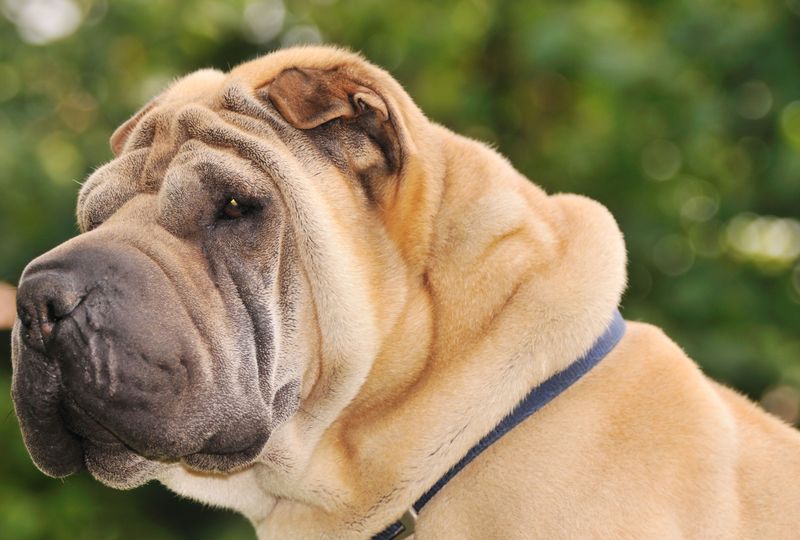
Beneath those adorable wrinkles lies a mind as stubborn as they come. Chinese Shar-Peis approach training sessions with skepticism, as if asking, “What’s in it for me?”
Originally bred as guard dogs and fighters, Shar-Peis developed self-reliance and independent decision-making skills. Their reserved nature extends to training—they’ll master commands quickly but implement them selectively. Early socialization helps temper their natural suspicion of strangers and tendency toward dominance.
9. Willful Tibetan Mastiff
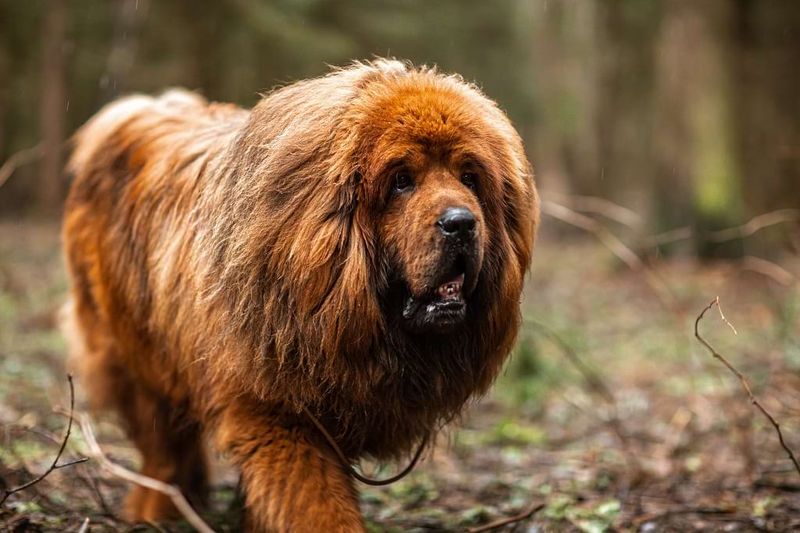
Mountain guardians with minds of their own, Tibetan Mastiffs spent centuries making life-or-death decisions without human input. Their independent thinking protected Himalayan villages and monasteries from predators and intruders.
These massive dogs regard training as optional, not mandatory. Their nocturnal nature—they’re most alert at night—reflects their guardian heritage. Tibetan Mastiffs form deep bonds with family but maintain an independence that borders on stubbornness, requiring owners with patience and respect for their autonomous nature.
10. Self-Sovereign Borzoi
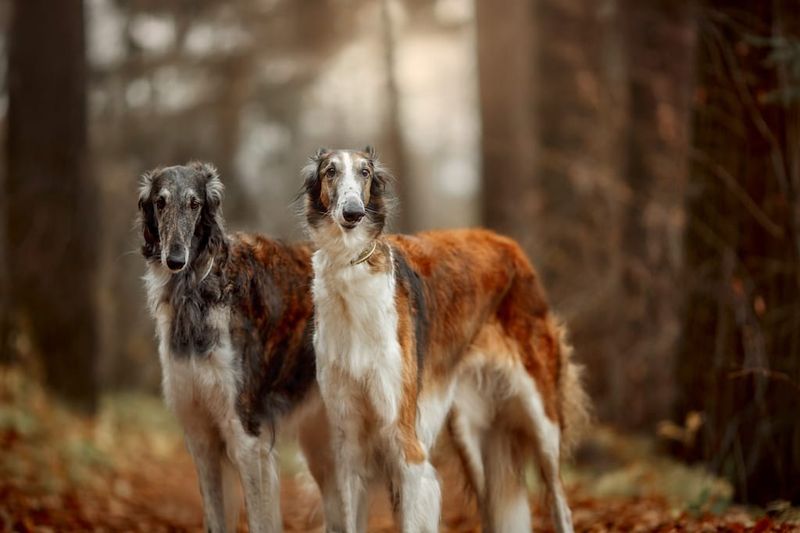
Aristocratic in bearing and independent in spirit, Borzois (Russian Wolfhounds) approach life with elegant detachment. These sighthounds were bred to chase game across vast Russian estates, making split-second decisions far from their handlers.
A Borzoi might acknowledge your command with a gentle gaze before deciding whether compliance aligns with their current priorities. Their quiet, cat-like demeanor in the house belies their lightning-fast reflexes outdoors. Training requires creativity—repetition bores these intelligent, independent thinkers.
11. Autonomous Alaskan Malamute
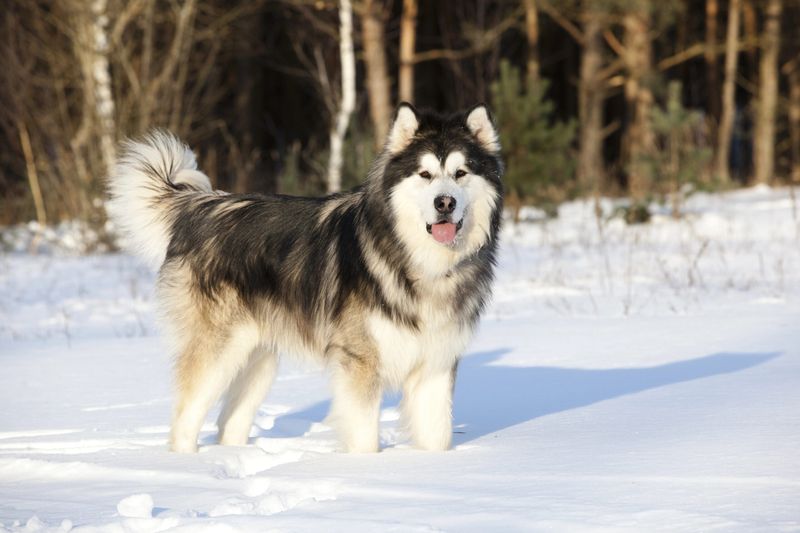
Powerful and wolf-like, Alaskan Malamutes carry themselves with the confidence of dogs who’ve made life-or-death decisions in Arctic conditions. Their friendly demeanor masks a fiercely independent spirit.
Bred to haul heavy loads across treacherous terrain, Malamutes needed to think for themselves when conditions changed suddenly. Their problem-solving abilities extend to finding creative ways around rules they find inconvenient. Training requires consistency, fairness, and respect for their intelligence.
12. Free-Spirited Greyhound
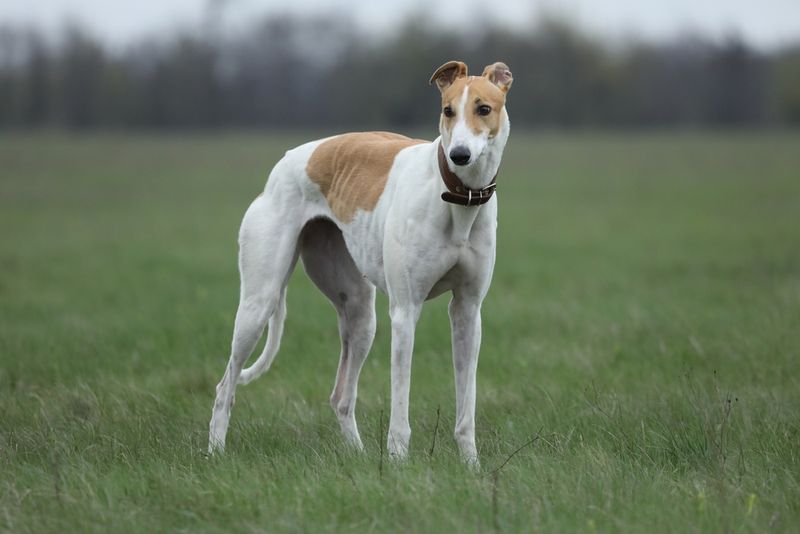
Behind those gentle eyes lies the soul of an independent hunter. Greyhounds, bred for millennia to chase game using sight rather than scent, make decisions in split seconds without human input.
Their sweet, gentle nature at home contrasts with their lightning-fast reflexes and independent thinking when pursuing moving objects. Training requires understanding their unique psychology—Greyhounds see little point in repetitive obedience drills but excel when they understand the purpose behind commands.
13. Self-Directed Pekingese
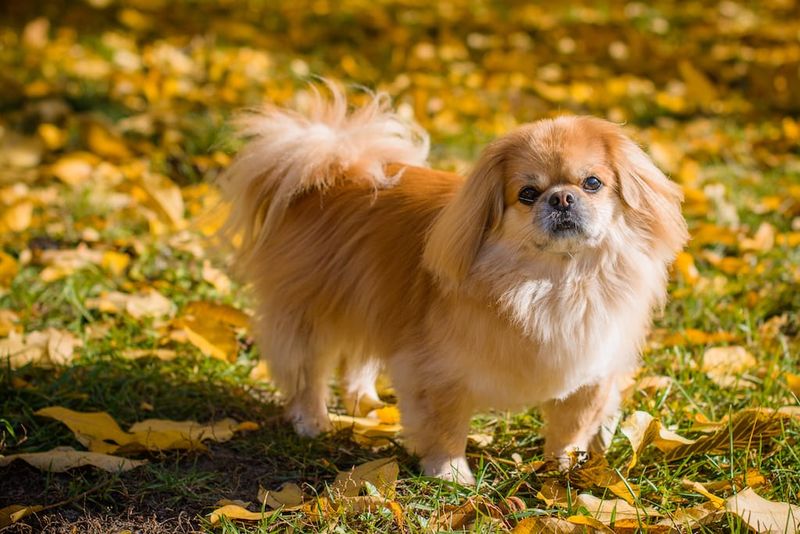
Don’t let their tiny size fool you—Pekingese dogs possess imperial attitudes and independent spirits. These ancient Chinese companions to royalty still carry themselves with the confidence of dogs who once sat on silk cushions in forbidden palaces.
A Pekingese approaches training as beneath their dignity. They form strong bonds with their chosen people but maintain a certain aloofness even with family. Their self-importance isn’t entirely misplaced—these little dogs survived thousands of years by thinking for themselves.
14. Autonomous Scottish Terrier
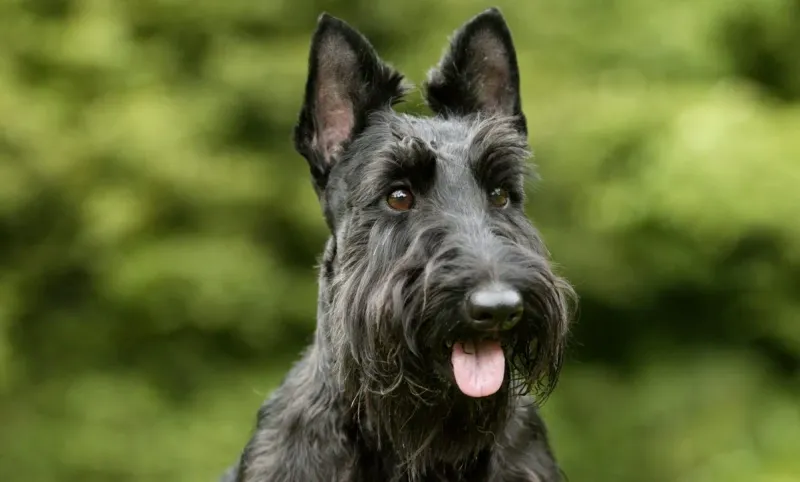
Dignified and determined, Scotties embody terrier independence with aristocratic flair. Their bearded faces often wear expressions that clearly communicate, “I heard you, but I have other plans.”
Bred to hunt independently, chasing vermin into underground dens without human guidance, Scottish Terriers developed self-reliance and problem-solving skills. Their stubborn streak isn’t defiance—it’s the natural result of centuries of selective breeding for independent thinking. Scotties respect owners who respect their intelligence.
15. Free-Thinking Beagle
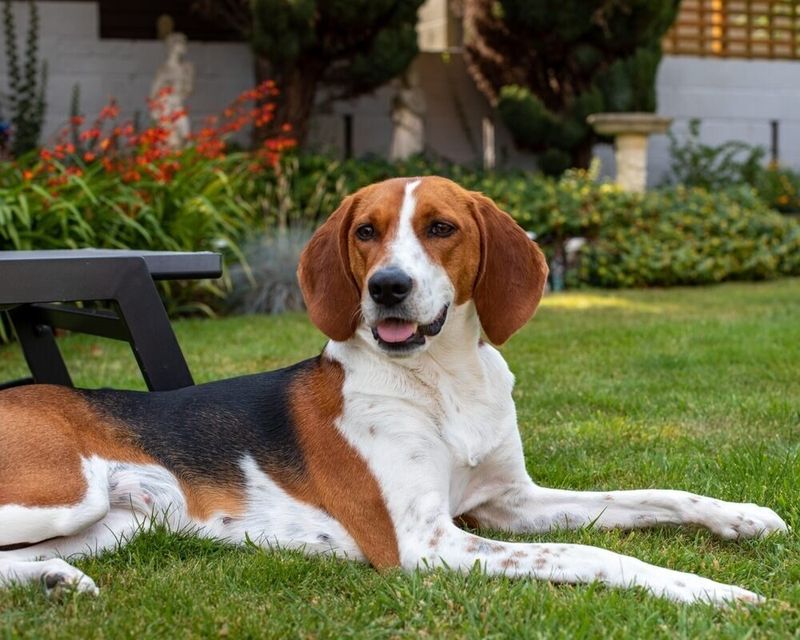
Those soulful eyes hide a mind firmly focused on following scents, not commands. Beagles were bred to track game independently, often far from their handlers, making decisions based on their remarkable noses.
When a Beagle catches an interesting scent, your recall command becomes merely a suggestion. Their friendly, happy nature doesn’t equate to eagerness to please—they’re simply enjoying life on their terms. Training requires creativity and understanding that food motivation often trumps desire for approval.
16. Self-Assured Dachshund
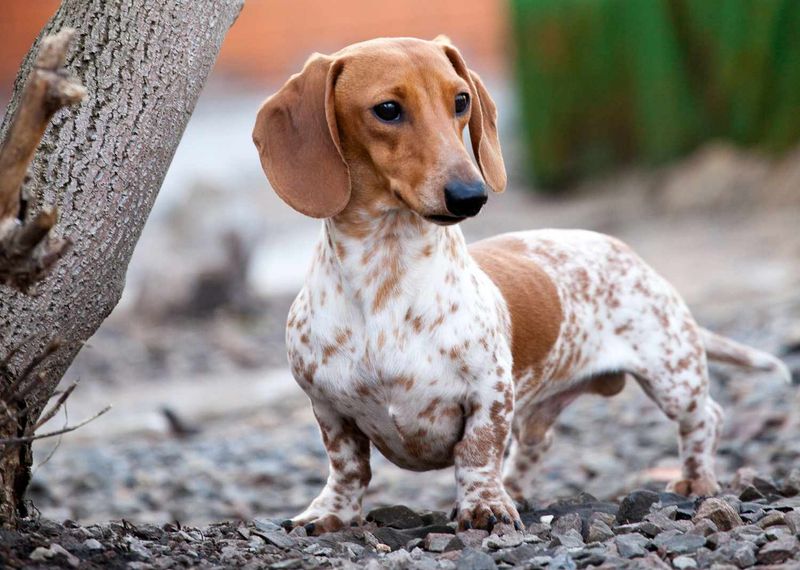
Small in stature but mighty in spirit, Dachshunds approach life with fearless independence. Their elongated bodies house determined minds that once tracked badgers into underground dens without human guidance.
A Dachshund will consider your command, weigh it against their own priorities, then proceed accordingly. Their stubborn streak isn’t rebellion—it’s the natural result of breeding for independent hunting abilities. Training works best when framed as a partnership rather than obedience, respecting their intelligent, autonomous nature.
17. Independent Jack Russell Terrier

Bursting with energy and opinions, Jack Russell Terriers approach life as self-appointed CEOs of their environment. These compact dynamos were bred to think independently while pursuing foxes underground, far from human handlers.
A Jack Russell’s intense focus—whether on a squirrel or digging project—can make your commands seem like background noise. Their intelligence enables quick learning but also facilitates creative disobedience. Training requires channeling their energy and independence into appropriate outlets.

